Robusta prices at 29-year high: Why demand is increasing
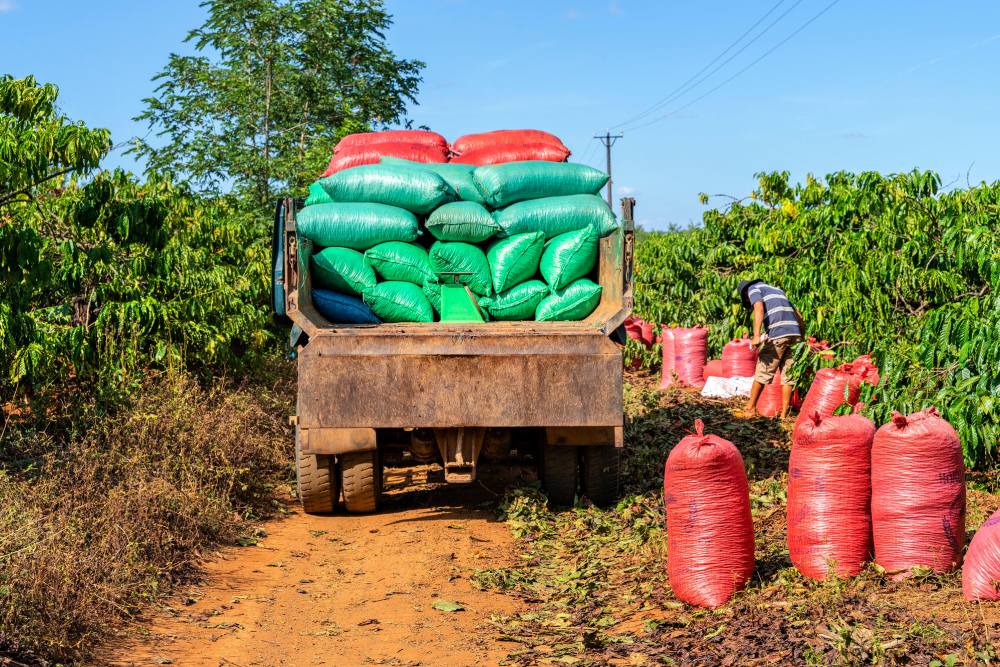
Over the past few years, many coffee traders and roasters will have certainly noticed that the price of robusta has been steadily increasing. In October 2021, prices reached a ten-year high as a result of shipping container shortages – meaning they had risen for the sixth consecutive year.
Fast forward to June 2023, the International Coffee Organisation reported that the average price for robusta had increased by 7.8% to 132.12 US cents/lb – representing a 28-year high. As of late January 2024, prices have been increasing week on week – and have now reached the highest level in 29 years.
It’s safe to say that the price of robusta isn’t going to fall anytime soon. And with interest in fine robusta growing in recent years, is the increase purely a result of rising demand? Or is there more to unpack? Moreover, what impact could we see on the wider coffee industry?
To find out, I spoke to Sahra Nguyen, CEO and founder of Nguyen Coffee Supply, and Ryan Delany, founder and chief analyst at Coffee Trading Academy.
You may also like our article on why World Coffee Research is showing more interest in robusta.
Why are robusta prices rising?
The price of coffee – whether arabica or robusta – is largely determined by the principles of supply and demand. Essentially, because global coffee supplies are limited, prices will rise if demand increases.
Although we have definitely seen demand for robusta increase in recent years – especially with the rise in popularity of blends in specialty coffee – the reasons for near record highs are more complex than that.
Ryan Delany has 14 years’ experience working in green coffee trading. He explains why robusta prices are currently at a 29-year high.
“Supply shortages and steep demand are fuelling the market, with the situation also recently exacerbated by transportation difficulties linked to East Asia,” he says.
On 30 January 2024, Intercontinental Exchange-monitored robusta coffee inventories fell to a record low of 2,996 lots. The main reasons for this were:
A 47% year-on-year increase in Vietnam’s (the world’s biggest robusta producer) coffee exports
Excessive dry conditions in Brazil’s (the second-biggest global producer of robusta) growing regions, which has negatively affected some harvests
Additionally, the ongoing Red Sea crisis is heavily impacting global trade routes – especially shipping routes connecting East Asian origins (such as Vietnam and Indonesia) to destination markets in Europe. This means roasters either face longer shipping times or pay higher prices to accommodate rising insurance risk premiums and increased competition for shipping container space.
“With limited supply in the open market, people are likely turning to certified stocks and Brazilian conilons, resulting in steadily declining certified robusta stocks (ten-year lows) and higher volumes shipped from Brazil,” Ryan adds.
Why do supply shortages & rising demand mean higher prices?
Understanding the intricacies of trading economics can be incredibly difficult, but with the volatility of coffee prices, it’s important to break down why these increases are happening.
Sahra Nguyen founded Nguyen Coffee Supply – the US’ first specialty Vietnamese coffee importer and roaster, which sources both arabica and robusta.
“There are many factors impacting the price increase of robusta, including drought-related shortages which will drive the price up with demand,” she tells me. “Additionally, climate-related shortages of arabica will also drive demand for robusta up as roasters will need to diversify their offerings.
“Moreover, there’s the nature of trading on the ICE which will impact the price due to supply and demand dynamics,” Sahra continues. “If a company anticipates continued shortages, they may secure inventory earlier, which can also drive up the price.”
Robusta quality is only improving
As stated, it’s too simple to claim the price of robusta is rising solely because of growing demand – especially with conflict in the Red Sea affecting global trade routes.
It would be ignorant, however, to not acknowledge that high-quality (or “fine”) robusta is becoming more popular than ever before, which is undoubtedly driving up prices.
“The quality of robusta is finally improving because we have reached a tipping point in the global coffee industry to expand the conversation about sustainable farming practices, to push for innovation in robusta research and production, and to invest in the communities growing robusta – who have been historically marginalised and trapped in economic exploitation for much too long,” Sahra explains.
“Robusta quality is increasing as we apply many of the techniques and frameworks used to produce high-quality arabica, such as including organic practices, harvesting ripe cherries, and exploring different post-harvest processing methods like anaerobic fermentation, fully washed, and honey,” she adds.
Why blends play an important role
In recent years, more and more brands – particularly larger multinational roasters – have started to source more robusta. This is mostly to add to blends, which have also become prominent in specialty coffee over the past couple of years as roasters try to manage rising costs and inflation.
Moreover, the narrative that single origin coffees are “better” than blends has started to shift. More and more roasters are subscribing to the idea that blends offer consistent and repeatable flavour profiles, and create a more well-rounded, versatile coffee than a single origin might be able to provide.
We have even seen baristas at leading competitions use blends in their routines, such as:
The 2023 World Barista Champion Boram Um, who used a blend of anaerobically fermented Gesha and natural Pink Bourbon in his milk beverage course
Runner-up Daniele Ricci, who used a blend of Colombian Gesha and Caturra from the same farm
Japanese competitor Takayuki Ishitani – who placed fourth at the 2022 WBC – used a blend of robusta and an anaerobic fermented Gesha
So while it still may be too soon to see more single origin robustas in specialty coffee shops, as roasters continue to offer more blends, there’s no doubt that demand for robusta will steadily increase.
“While there are overlaps between arabica and robusta, it is very important to note that they are two different coffee species, and therefore should be treated as two unique species with different characteristics that require customised approaches to optimise the flavour experiences,” Sahra says. “In other words, we shouldn’t put robusta in the arabica box – in terms of production, processing, roasting, or consumption.”
What does the future hold?
It’s unlikely that the price of robusta will significantly fall anytime soon for several reasons. In its latest coffee market report, for example, the ICO stated certified robusta stocks fell to 0.48 million 60kg bags in between December 2023 and January 2024 – representing a 15.4% decline.
So what could this mean for the wider coffee industry?
“Robusta is a low-cost alternative for some roasters, and with arabica prices persistently high for the last couple of years, this is a key driver in demand for robusta,” Ryan says. “With the robusta market rallying, arbitrage has been narrowing back to historical levels (around US 40 cents).” For context, arbitrage is the simultaneous buying and selling of commodities in different markets in order to profit from listed prices.
“This does make robusta slightly less attractive, so some roasters may start opting for lower-quality arabicas instead,” Ryan adds.
Growing investment and interest in robusta
Not all specialty coffee roasters may want to source robusta, but with quality continually improving, more are certainly becoming open to it.
“The growing inclusion of robusta in specialty coffee (finally!) means an exciting time for exploration, innovation, and new experiences,” Sahra tells me. “Roasting, brewing, and drinking robusta are all very different experiences to doing the same with arabica.
“As someone who has been roasting robusta for five years, I have noticed more roasters reaching out and asking for tips since it requires a very different approach to roasting arabica,” she adds.
Furthermore, with organisations like World Coffee Research starting to show interest in robusta, investing in it will be important – including to recognise and better support robusta producers.
“It feels like we’re approaching a new frontier of exploration and discovery, and to invest in learning, innovation, and improvement,” Sahra says. “Although robusta as a coffee species has always been around, it has been so deeply neglected that now there is so much work for us to do as an industry.
“On the production side, now that the market is finally receptive to higher-quality robusta, farmers around the world have the opportunity to improve their coffee, which is ultimately better for their land and helps support their socio-economic sustainability,” she concludes.
Although there are several reasons why robusta prices are at a near record high, rising demand is clearly one of them. And many would agree that it’s time to start embracing high-quality robusta.
And with the trend of specialty coffee blends only growing, there is certainly a lot of potential for robusta in the years to come.
Enjoyed this? Then read our article on whether consumers will keep paying higher prices for coffee.
Perfect Daily Grind
Want to read more articles like this? Sign up for our newsletter!
The post Robusta prices at 29-year high: Why demand is increasing appeared first on Perfect Daily Grind.
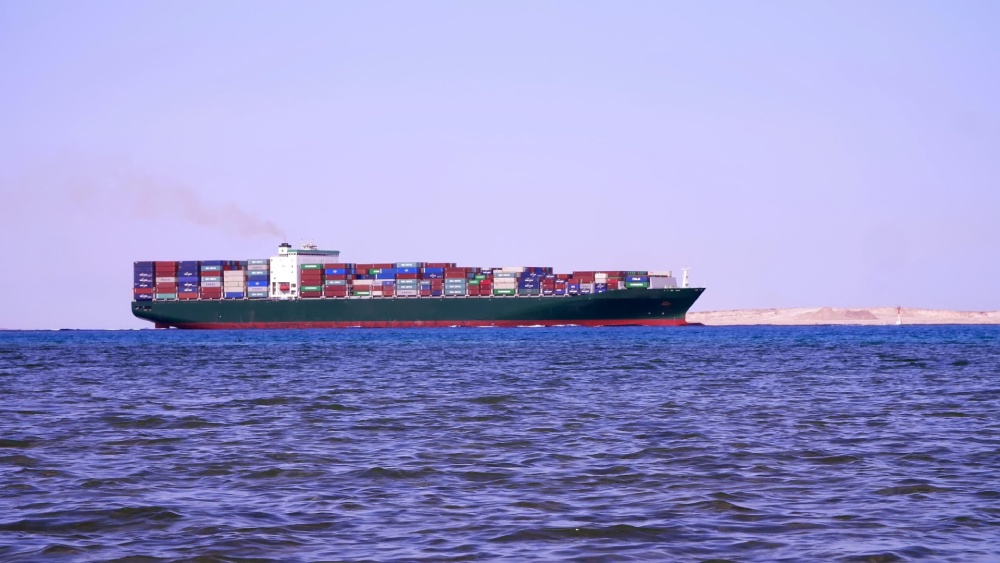
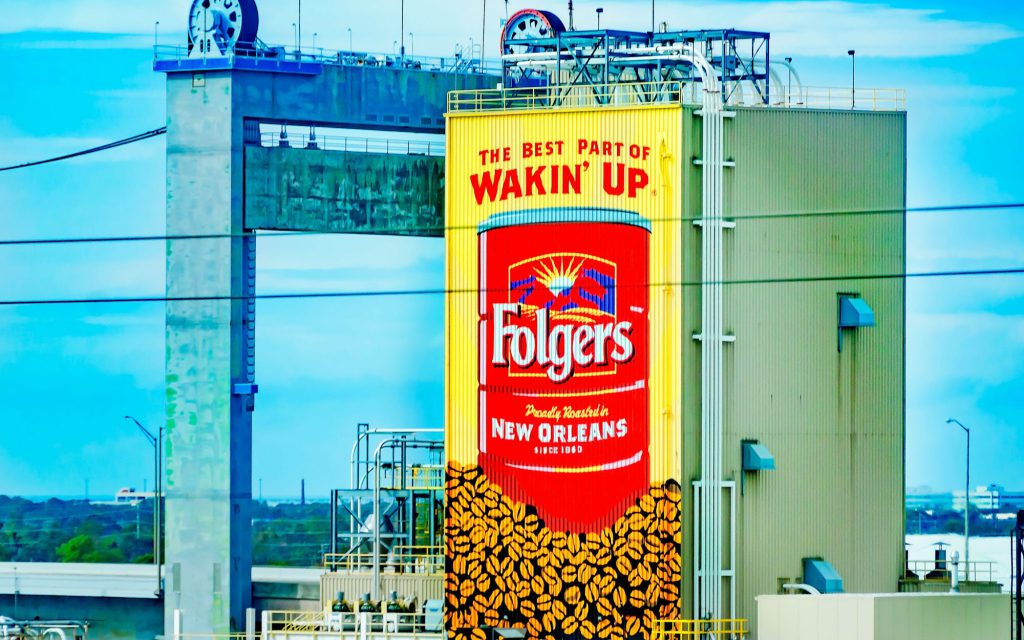
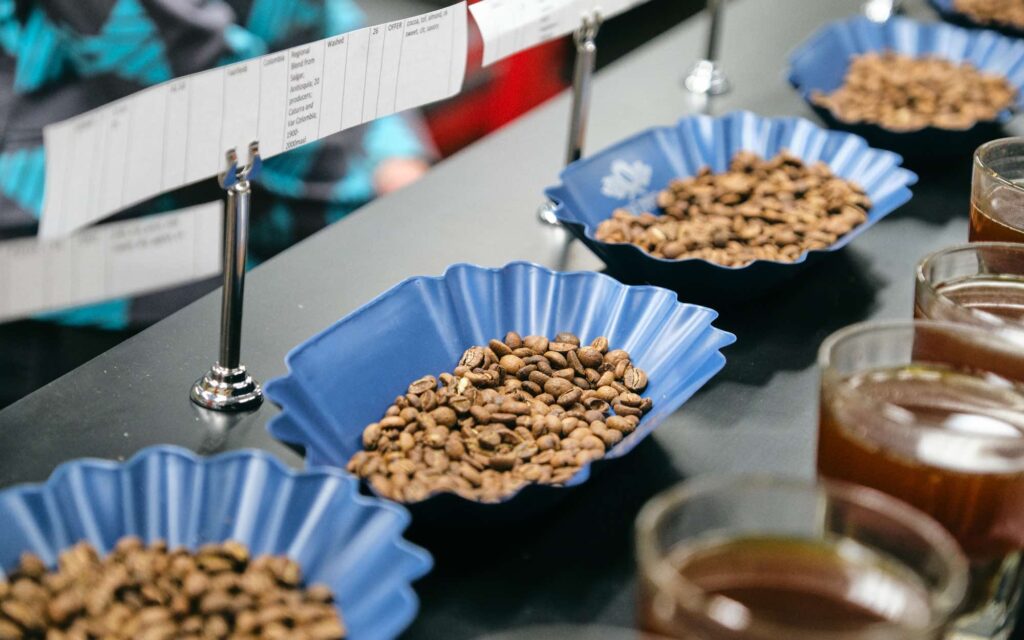
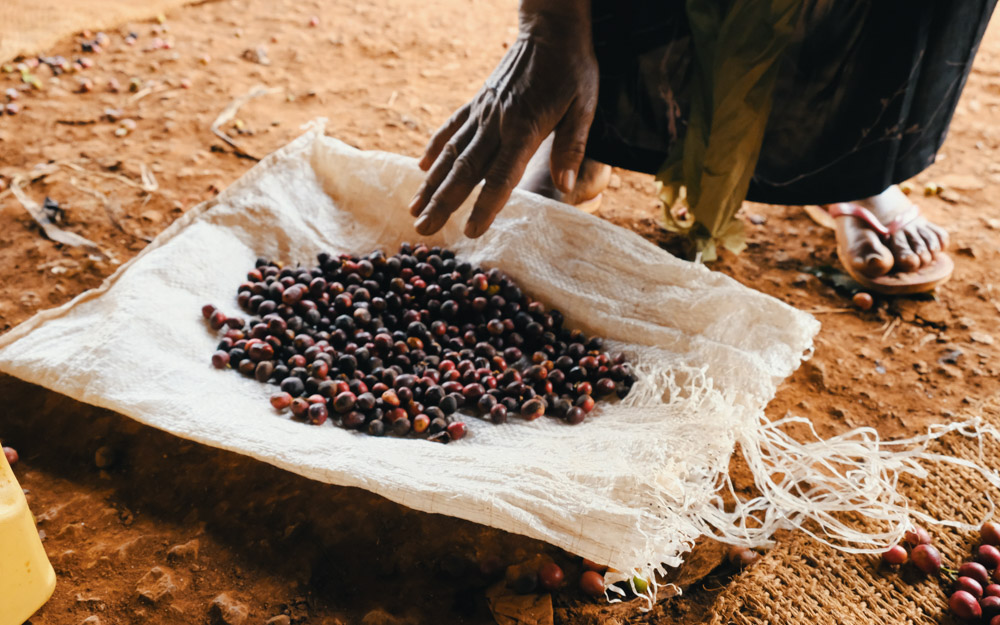
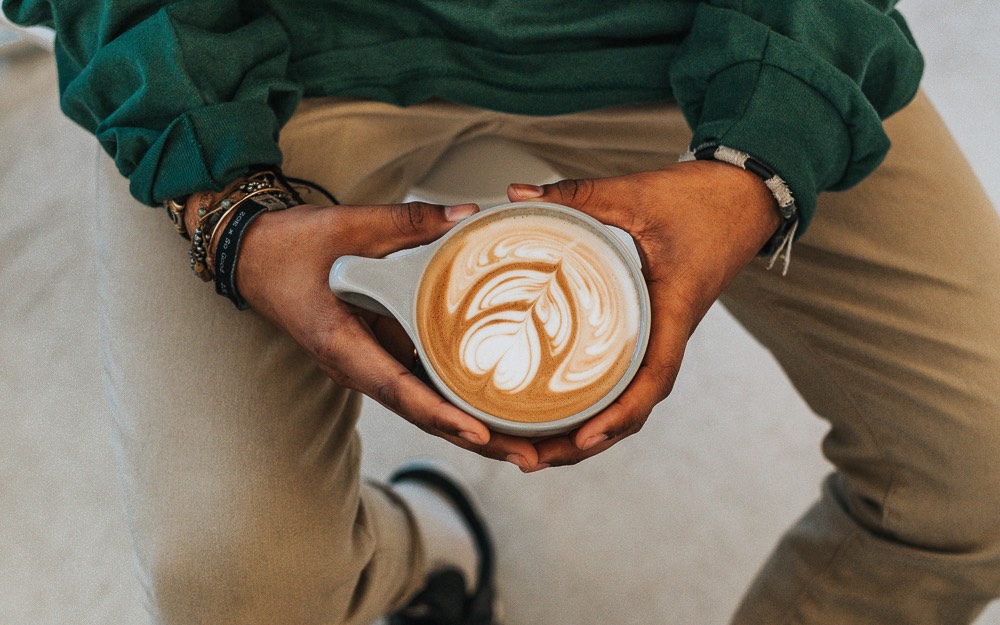
Responses